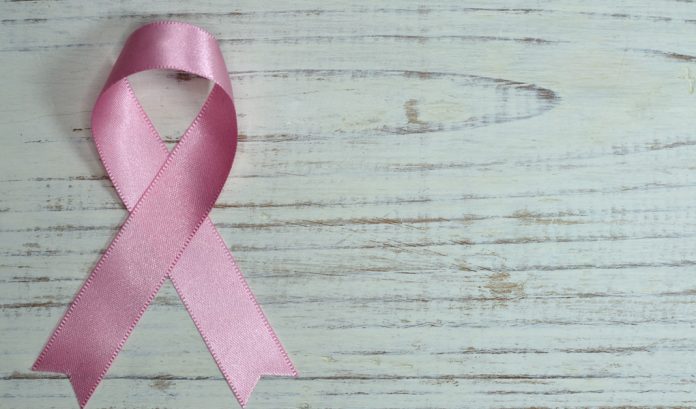
Are we still wondering why the Philippines has the highest incidence of breast cancer in Asia with one out of every 13 Filipino women at risk of developing it in her lifetime?
I have thought about this fact for some time. This is especially when I was considering China, with all of its vast factories and population to be number 1 on the list. But then, upon treating thousands of women for breast cancer and other cancers, I can rightly guess what the answer is.
Peer-reviewed medical studies and also writings of the Philippine Breast Cancer Network (PCBN), the only and oldest advocacy organization in the Philippines focused only on Breast Cancer. The PCBN Indicated that environmental pollution and exposure to toxic minerals, metals and chemicals are some of the potential causes of the increase in breast cancer cases in the Philippines. The organization has also stated recently that another factor for the increase in cases is the decision of mothers now to have children in their 30s. This makes them at risk of developing breast cancer due to the longer duration of exposure to estrogen.
Personally, I would attribute the increase in breast cancer cases to the pesticides and GMOs in our food. As well as the increasing number and exposure to toxic minerals and chemicals that women are subjected to.
Regarding pesticides and GMO, we noted an increase in breast and prostate cancer cases. Based in what we’ve treated in the last 16 years. Is it also a coincidence that since 2003, the Philippines also started growing Bt corn which in established peer-reviewed studies, found to create organ damage when fed to lab rats and also has a negative effect on sperm cells and male fertility?
Also, there was another study published in the journal Reproductive Toxicology. The study discovered that blood samples taken from 93% of pregnant women and 80% of their unborn children have Bt toxins in them. It also indicated that 69% of non-pregnant women in the sample had the Bt toxin in their blood samples.
Regarding metals and minerals uptake, I discovered that areas in the Philippines near mining operations such as the Compostela Valley in Mindanao, or in places like Bulacan and Cavite where mercury mining is in progress. These areas have higher than average cases of breast cancer. This is because toxic minerals’ and chemicals’ have more tendencies to go into the groundwater, our source of clean water.
Other identified risk factors for breast cancer are a high-fat diet, obesity, a sedentary lifestyle. And also alcohol consumption, use of oral contraceptive pills, and a family history of cancer.
Here are some earthshaking facts about breast cancer that I want to share with you, courtesy of the Philippine Breast Cancer Network:
- All women are at risk. Approximately 70% of breast cancers occur in women with none of the known risk factors.
- 1 out of 13 Filipino women will develop breast cancer in her lifetime. The province of Pampanga has the highest incidence rate in the entire country.
- Only about 5% of breast cancers are inherited. About 80% of women diagnosed with breast cancer will be the first to be victims in their families.
- Early detection does not prevent breast cancer. Avoiding and eliminating known causes will prevent breast cancer.
- Mammography fails to detect as much as 20% of all breast cancer. And as much as 40% in women under the age of 50.
- One out of four diagnosed with breast cancer die within the first five years. No less than 40% die within ten years.
- Risk factors are not necessarily causes of breast cancer. Enough evidence exists linking environmental pollution and contamination to cause breast cancer.
- Breast cancer is the leading killer of women ages 35 to 54 worldwide. More than a million women develop breast cancer without knowing it and almost 500,000 die from it every year.








